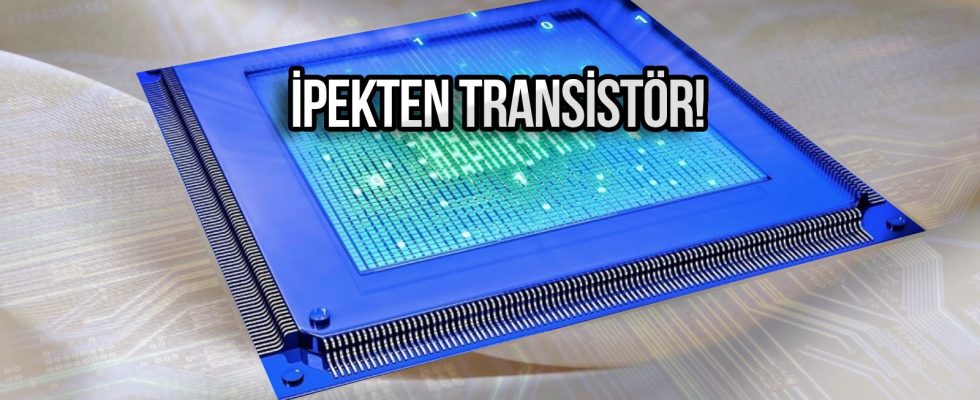Processor and transistor technology is evolving day by day. The processor technology, which is at 3 nm level today, will soon go down to 2 nm levels. But what kind of processors await us in the future? In this sense, scientists managed to develop transistors that include silk threads. These transistors could also be an important step forward for biological processors.
Scientists produced silk transistors for biological processors
Scientists are now taking important steps towards processors that are more compatible with nature and can be produced more easily. As you know, processors form the core of today’s technology. However, both the production costs and the damage caused to nature during production cause new solutions to be sought.
In this sense, researchers sought to produce semi-biological transistors. The most important feature of these transistors is their structure that changes and adapts to its environment. As you know, today in processor technology, transistors thinner than a hair can be produced. The team produced silk thread-doped transistors with the same technology. In this sense, researchers used silk threads at the 10 nm level. Here silk replaced the insulating materials of transistors.
The research team first used transistors made from silk threads for a breath sensor. This breath sensor can detect even the slightest changes in humidity. The main reason for this is the ability of biologically structured transistors to interact with their environment.
Thanks to some changes they added to the silk layer, this breath sensor was able to detect the chemicals and carbon dioxide level in the breath very precisely. Again, thanks to these additions, this semi-biological sensor was able to detect some heart disorders through breathing.
Researchers are seeking to develop microprocessors using silk that can work like neural networks used in artificial intelligence. They are also exploring the possibility of having billions of transistor nodes in silk whose connections are altered by biological processes in a way that could lead to this.
It is expected that biological processors will have a structure that interacts with the environment compared to traditional processors. In this sense, biologically based processors and integrated circuits have the possibility of causing a significant revolution in both recycling and harmony with nature.

